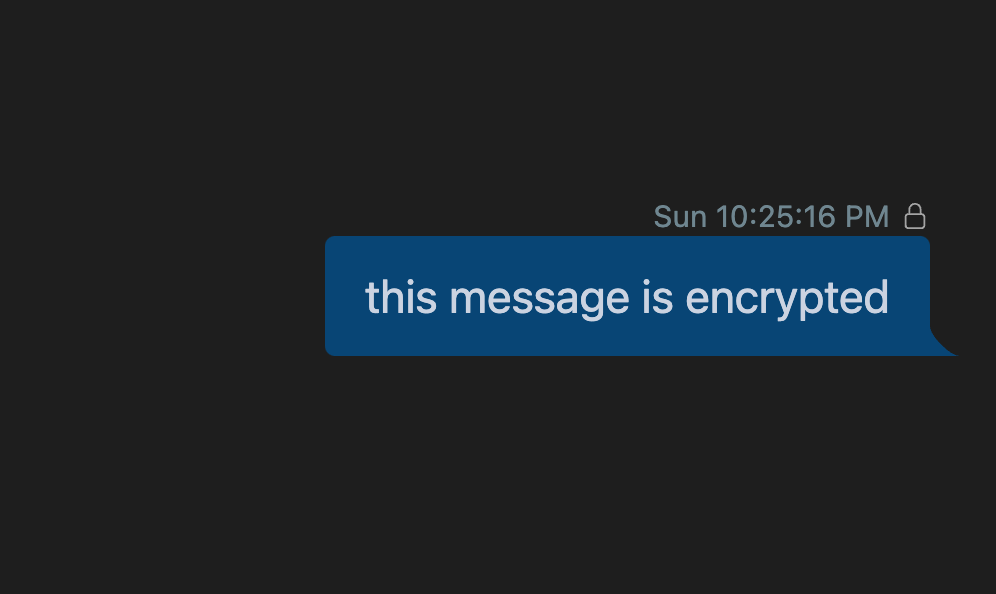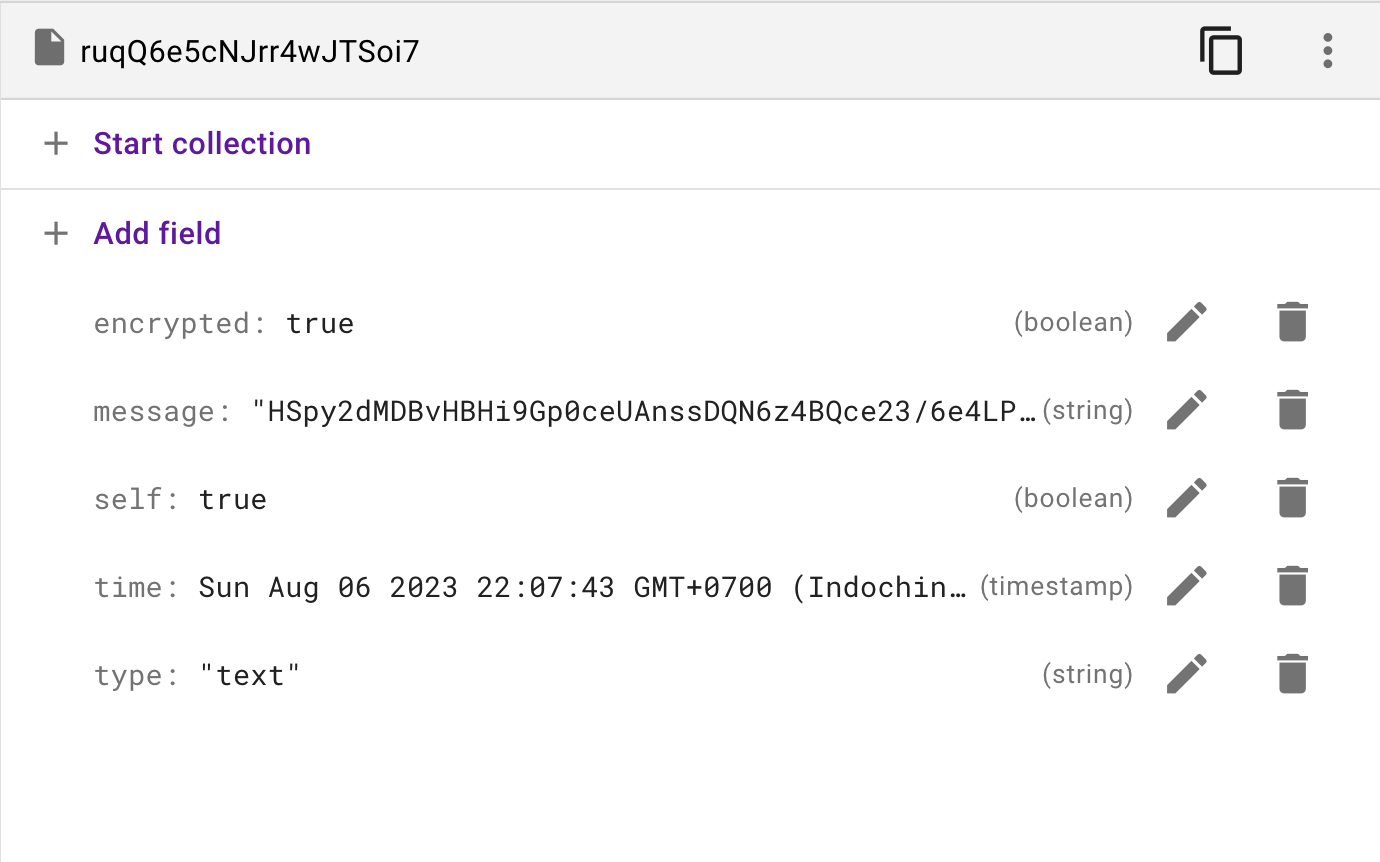78 - ChatOS - Encrypt message with TweetNaCl.js
Livestream
After trying encryption libraries, I will go with secret key symmetric encryption by using TweetNaCl.js
The logic is quite simple, if the encryption key is set in localstorage (I’ll improve this workflow later) then the message will be encrypted and sent to Firestore with encrypted: true
const encryptionKey = localStorage.getItem('encryption-key');
if (encryptionKey) {
const encryptedMessage = encryptMessage(message, encryptionKey);
await messagesCollection.add({
message: encryptedMessage,
time: Timestamp.now(),
type: 'text',
encrypted: true
});
} else {
await messagesCollection.add({
message,
time: Timestamp.now(),
type: 'text'
});
}
Then, when the chat is retrieved, it will check that whether they are the encrypted messages and then try to decrypt them.
if (message.encrypted) {
const key = localStorage.getItem('encryption-key');
if (!key) {
return '[no encryption key set]';
}
try {
const decrypted = decryptMessage(message.message, key);
return decrypted;
} catch (e) {
console.info(e);
return '[decryption failed]';
}
} else {
return message.message;
}
Both encryptMessage and decryptMessage functions are wrappers of tweetnacl & tweetnacl-util, they’ll use the key to encrypt the payload and embed with nonce, and vice-versa for decryption.
const encryptMessage = (json: string, key: string) => {
const keyUint8Array = decodeBase64(key);
const nonce = randomBytes(secretbox.nonceLength);
const messageUint8 = decodeUTF8(JSON.stringify(json));
const box = secretbox(messageUint8, nonce, keyUint8Array);
const fullMessage = new Uint8Array(nonce.length + box.length);
fullMessage.set(nonce);
fullMessage.set(box, nonce.length);
const base64FullMessage = encodeBase64(fullMessage);
return base64FullMessage;
};
const decryptMessage = (messageWithNonce: string, key: string) => {
const keyUint8Array = decodeBase64(key);
const messageWithNonceAsUint8Array = decodeBase64(messageWithNonce);
const nonce = messageWithNonceAsUint8Array.slice(0, secretbox.nonceLength);
const message = messageWithNonceAsUint8Array.slice(
secretbox.nonceLength,
messageWithNonce.length
);
const decrypted = secretbox.open(message, nonce, keyUint8Array);
if (!decrypted) {
throw new Error('Could not decrypt message');
}
const base64DecryptedMessage = encodeUTF8(decrypted);
return JSON.parse(base64DecryptedMessage);
};
Lastly, I add a simple lock icon 🔒 to indicate that the message is encrypted, I’ll plan to add more features like decrypting or changing the encryption key later.

